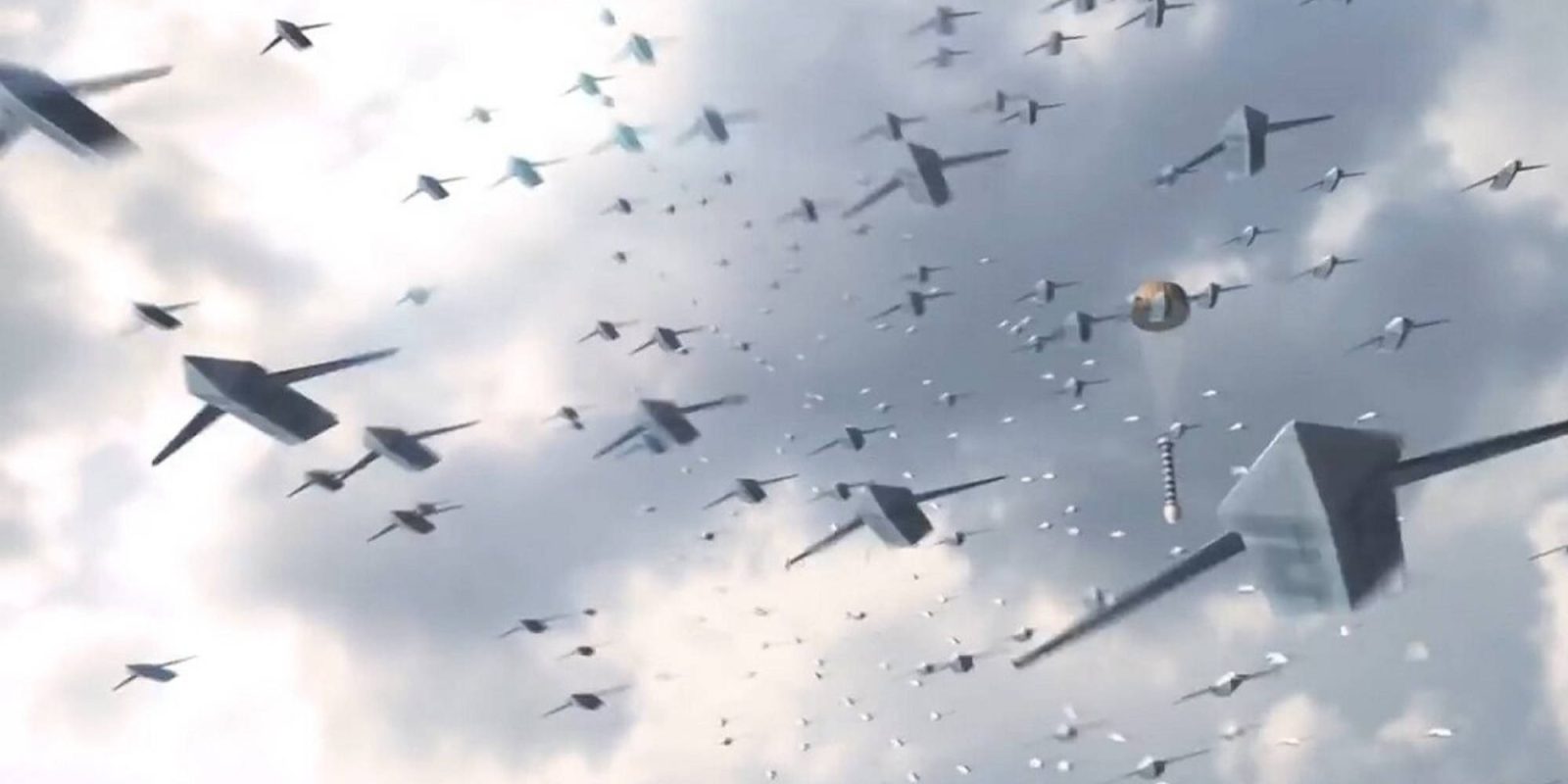
Innovating startup Electric Sky is working on an energy transmitter to beam power to both single and swarms of drones in flight, and has now been backed by a grant from the US Defense Advanced Research Projects Agency (DARPA).
Electric Sky, which has offices in Seattle and Midland, Texas, received $225,000 in funding from DARPA to develop its remote concept to power airborne drones. Over the six-month phase the grant covers, Electric Sky will focus primarily on adapting the system for use with swarms of UAVs at relatively short distances. Continuing work will then seek to expand those to longer-range, single-, and multi-craft operation.
That sequential road map may seem logical in creating most emerging technologies, but it seems to run counter to Electric Sky’s patent application, and executives’ description of the platform.
Other methods already being developed to power drones with remote, wireless tech – usually with lasers or microwaves – tend to get weaker the farther they travel from their source. By contrast, Electric Sky says its Whisper Beam innovation actually intensifies when it reaches its UAV target.
“Whisper Beam technology is the electromagnetic equivalent of a whispering gallery,” says Robert Millman, the Electric Sky CEO who previously worked for Jeff Bezos’s Blue Origin space company. “In a whispering gallery a single listener across the room can hear the speaker but no one else can, not even people standing directly between the speaker and listener. The sound is too weak for them to hear.”
To make that work in the sky, Whisper Beam uses radio waves that focus themselves upon the UAV’s onboard receiver. That results in them remaining relatively weak along their path from the transmitter, right up until they reach the drone they’re intended to power.
Electric Sky officials say the futuristic-sounding, beam-me-up-Scottie effort to power drones of all sizes and types from a ground-based energy platform isn’t as cutting-edge as it may seem.
What has largely prevented that from becoming reality, they say, is the inordinate costs of deploying what has largely remained big, bulky equipment to enable it. Whisper Beam aims to reduce both onboard receivers and terrestrial transmitters in a way that would render the system functional, efficient, and financially viable.
“It’s a myth that long-distance power transmission is impossible, it’s just never been economical,” says Whisper Beam inventor and company chief technologist Jeff Greason. “Any type of electric aircraft can draw power while in flight – battery-electric, hydrogen fuel cell, and hybrid.”
Greason says one of the objectives in continuing development will be to permit ground-based systems to power drones – and, eventually, all kinds of aircraft – with emission-free energy sources that will economize battery life in craft once they fly out of range.
“Whisper Beam technology is particularly helpful in the power-hungry phases of takeoff and climb, enabling vehicle designers to meet other requirements to extend range, enhance flight safety, reduce peak loads on batteries, and shorten ground turnaround times,” he explains.
FTC: We use income earning auto affiliate links. More.




Comments